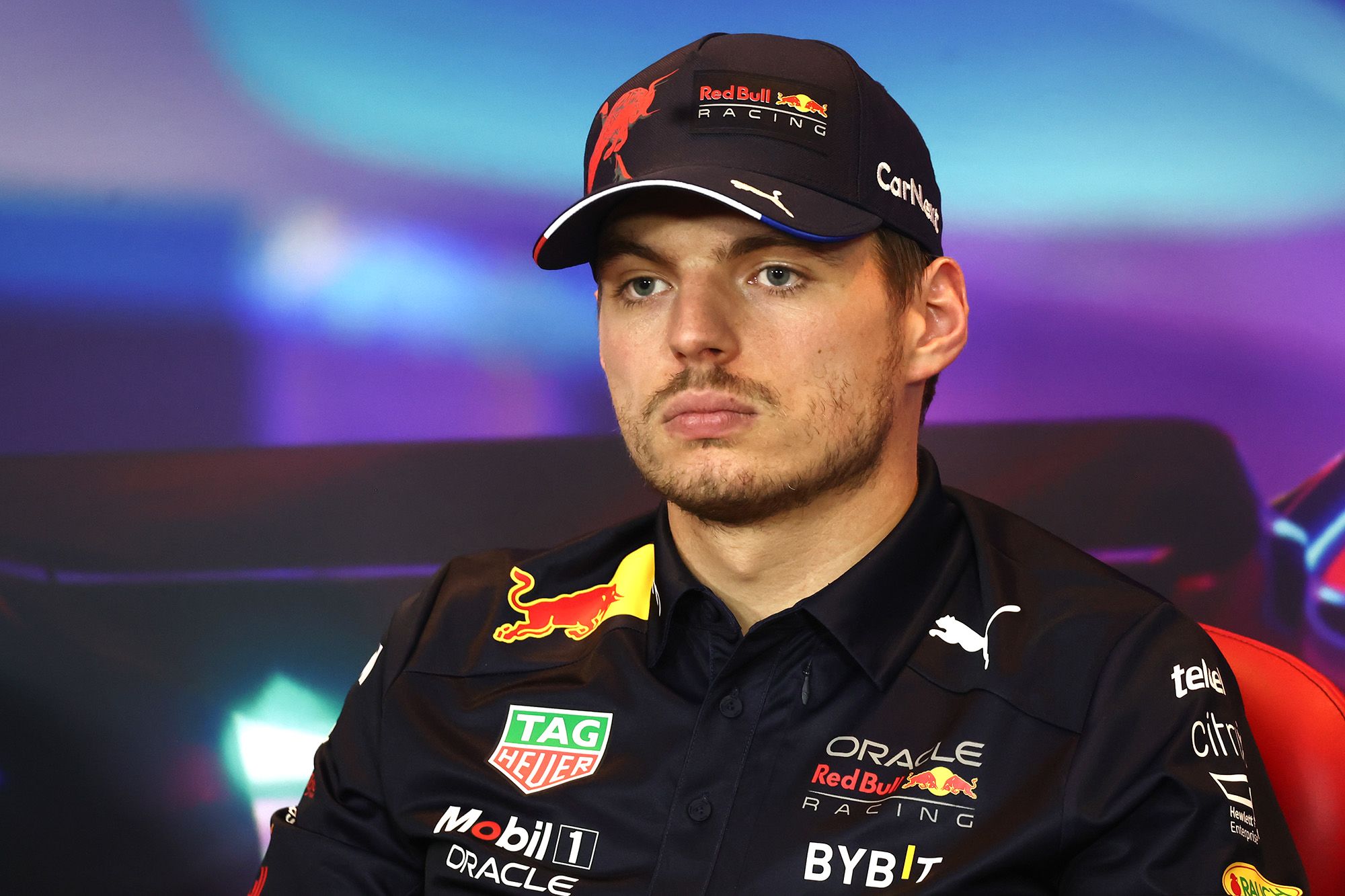In a moment that stunned fans and rattled the Formula 1 world, Max Verstappen and Red Bull Racing broke their silence following a chaotic and costly pit lane incident during the Miami Sprint Grand Prix—a crash with Mercedes rookie Kimi Antonelli that left the paddock in disbelief and reshaped the championship narrative.

The reigning world champion was released into traffic by his own pit crew, colliding with Antonelli just as the young Italian was peeling into his designated pit box. The result: a shattered front wing, a 10-second time penalty, and Verstappen finishing outside the points for the first time since 2016—a streak-breaking blow that raised deeper questions than just a botched release.
Chaos in the Lane: How It Unfolded
The Miami circuit had already primed itself for drama. A tricky street layout, unpredictable grip levels, and a damp pit lane set the stage for chaos. The race began under wet conditions, but by lap 15 of 19, a dry line was emerging. Every strategist knew it: now was the crossover moment, the critical switch from intermediates to slicks.
Verstappen, running third, dove into the pits in pursuit of a strategic gain. Hot on his tail was Antonelli, eager to capitalize on Mercedes’ window. What followed in pit lane was pure mayhem. As Antonelli steered left toward his box, Red Bull’s crew waved Verstappen out—directly into the Mercedes rookie’s path.
The collision wasn’t high-speed, but it was devastating. Verstappen’s front wing clipped Antonelli’s rear tire, damaging both cars’ strategies in an instant. Antonelli, reacting in a split-second decision to avoid greater catastrophe, aborted his stop entirely and rejoined the track on worn intermediates, forfeiting his tire change. Verstappen continued, but his race was compromised.

The Fallout: Penalties, Anger, and Silence
Stewards quickly handed Verstappen a 10-second penalty for an “unsafe release,” though no penalty points were applied to his super license—recognizing that Verstappen himself had no visibility and simply followed crew orders.
But the penalty plunged Verstappen down the order to P17, outside the points, marking his first non-scoring finish since the 2016 Belgian Grand Prix.
On the other side of the garage divide, Mercedes team principal Toto Wolff erupted. Calling the incident a “total lack of judgment,” Wolff accused Red Bull of endangering not just the race but lives. “I’m surprised,” he told Sky Sports. “It wasn’t even close. Somebody panicked.”
Christian Horner, Red Bull’s team boss, was far more reserved. When pressed, he offered only two words: “Human error.”
But for many, that explanation felt insufficient. Red Bull, for years the gold standard in pit operations, had fumbled—and not for the first time this season.
Cracks in the Red Bull Armor?
For half a decade, Red Bull’s pit crew defined excellence: sub-two-second stops, seamless choreography under pressure. But 2025 has told a different story. A slow stop for Sergio Perez in Jeddah, a mistimed double stack in Melbourne, and now an unsafe release that cost critical points.

Insiders whisper of staff turnover, poached talent heading to rivals like Aston Martin and McLaren, and an overconfident culture failing to adapt. “It’s something we need to investigate,” Verstappen admitted post-race. “I’m just happy no one got injured.”
His statement carried a weight beyond frustration—it acknowledged the thin line between strategy and danger in Formula 1’s high-pressure environments.
Antonelli’s Composure—and Mercedes’ Missed Opportunity
Meanwhile, 18-year-old Kimi Antonelli handled the moment with remarkable calm. “Nothing to blame Max for,” he told reporters. “He just got released. I tried to avoid the crash—it could’ve been really bad for the mechanics.”
His words underscored what many felt: This wasn’t merely a tactical blunder, but a near-miss with potentially serious safety consequences.
Had Antonelli stopped for slicks as planned, Mercedes’ late-race pace could’ve vaulted him to a top-five finish—or even a podium. Instead, he trailed home P10 behind the safety car, losing crucial sprint points that could haunt Mercedes in the title fight.
Bigger Than a Penalty: The Psychological Shift
Beyond the standings, the Miami meltdown casts a longer shadow over Verstappen’s campaign. Formula 1 thrives on rhythm, and Verstappen had built an aura of untouchability even in adversity. A P17 finish breaks that rhythm. It invites scrutiny, doubt, and disrupts the psychological edge every champion fights to maintain.

And a lingering question remains: Why did Red Bull release Verstappen at all? Had they waited just 1.5 seconds for Antonelli to pass, the incident would’ve been avoided entirely. Was it an aggressive undercut gamble gone wrong—or a simple lapse in awareness at the worst possible time?
For Red Bull, the difference matters. Because in a season shaping up to be tighter than ever, every mistake is magnified. Every lost point could tip the balance.
As Verstappen trudged away from the Miami paddock, the usually bulletproof champion wore an unfamiliar expression: frustration tinged with uncertainty.
And in a season long defined by dominance, Miami delivered an unsettling reminder: Even the strongest teams can falter—and when they do, the consequences echo far beyond a single race.
Will Red Bull regroup—or has a crack in their empire finally begun to widen?
Only time, and the next pit stop, will tell.